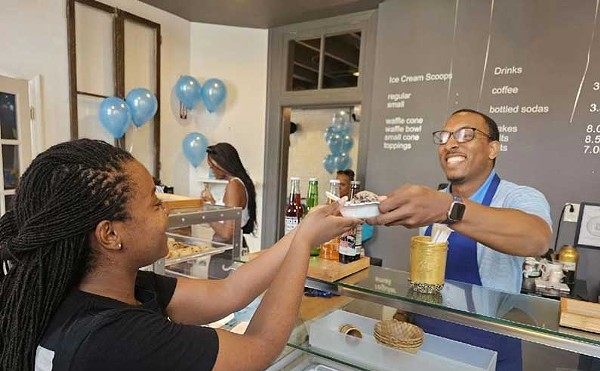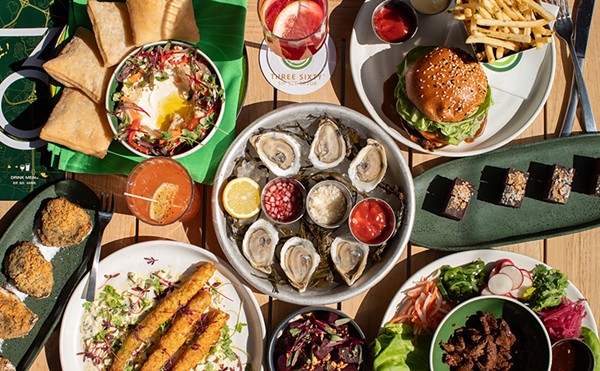Matching food and wine is something that has become perilously overwrought -- almost to the point of preciousness. Articles wax poetic over the hint of Dalmatian sage that echoes the slightest grassiness of a sauvignon blanc, or over the wisdom, if not the necessity, of opting for a Cabernet from Rutherford, with its trademark earthiness, to best meld with dry-aged prime beef. The American tendency to seek "the best," has turned the simple synergistic pleasure of food and wine into a ferocious, stress-inducing competition for "the best" match.
So, first, here's your stress-reliever: There is no "best" match. Yes, some matches may work better for some people. And there are certainly some sure-fire losers, such as serving a dessert wine that is less sweet than the dessert itself -- sour city! -- or matching an extremely tannic wine like a young California cabernet sauvignon with a delicate dish lacking the fat or richness to tame the tannin. However, taste is highly subjective and variable and the notion of absolutes needs to be abandoned.
Even if you manage to hit on a winner of a combination, the odds of you finding it as pleasing the next day, let alone the next month or year, is unlikely. (Though it's also possible you might like it more in the future.) So many factors impact taste and smell: what you ate earlier; smells you encountered (perfumes are particularly crippling); whether you are congested; what your food was stored or cooked near; how a bottle of wine was stored; whether the wine has any subtle faults; etc.
The number of complex, poorly understood circumstances that align to create a taste experience is truly dizzying. So relax. Pick something that seems logical and enjoy both the wine and the food for what they are.
If you're desperately anxious, or don't know where to begin, try a classic combination. My personal favorite is roast chicken and Beaujolais. Whether your chicken is an industrial bird or from a small, local, quality-conscious producer such as Greenwood Farms, if you can roast your de-feathered friend (yes, you can pick up a pre-rotisseried one if you must) to somewhere north of Salmonella City and south of homemade briquette, a bottle of Beaujolais is your friend.
While roast chicken is one of the more wine-friendly main courses out there, a good bottle of Beaujolais enjoys a special relationship with it. All red Beaujolais is made from the gamay noir à jus blanc grape, which produces wines that are low in tannin and relatively high in acidity. They pack a ripe, juicy fruit that just begs to be drunk in quantity. Two importers, Kermit Lynch Wines and Louis Dressner Selections, bring in producers who are committed to quality and whose Beaujolais selections are as close to a sure thing as there is in the wine world.
The Noble Writ: A Pair of Classics, a Classic Pair
[
{
"name": "GPT - Leaderboard - Inline - Content",
"component": "41932919",
"insertPoint": "5th",
"startingPoint": "3",
"requiredCountToDisplay": "3",
"maxInsertions": 100
}
]







